Digital advertising is extremely diverse.
You have multiple ad formats to choose from and countless ways to reach new users.
The search network is one of the most popular options that advertisers choose.
Most will slowly move into display ads after that, largely for remarketing purposes.
But, that’s actually not what display ads are best at!
So, which advertising format is the best for driving sales?
Which platform is the best for creating brand awareness?
What about the middle of the funnel?
The truth is, display ads and search ads are both effective. But they are vastly different.
If you want to drive sales on AdWords, knowing this key distinction is huge.
Each advertising format caters to a specific audience with specific intentions.
Matching your advertising platform and creative to the right intent is critical for success.
If you don’t, you risk losing your budget on clicks that aren’t going to convert.
Here’s how (and when) to use display ads and search ads to get the best return on investment for your business.
Search network ads are best for capturing intent
The search network is one of the best places to advertise.
In fact, according to a Google Economic Impact Report, advertisers on average make $2 for every 1$ spent on it.
So you can expect to double your investment on it.
The search network is simple:
Someone heads to Google and searches for a topic related to a burning pain point or need.
Then, they click the ad and fill out the form or purchase the product.
For example, I recently needed a plumber for a busted pipe in my bathroom.
So, I went to the search network and searched for one in my area:
The “plumber seattle” query generated tons of businesses that could help me solve my problem.
Clicking on any of these would send me to a landing page.
And this brings me to my first point:
Search ads are best when you want to capture intent.
If you want the best return on investment from your search network ads, you need to focus on searcher intent.
Why?
Replay the story that I just told you.
I noticed that I had a burning pain point:
My pipes were messed up in my bathroom, and I needed someone to fix them — fast.
I couldn’t wait to see a display network ad.
I went to Google immediately and searched for a plumber.
That’s where the search networks excel.
It thrives on direct, intent-based searches:
Do you need something ASAP?
The search network is the place to find it.
You can’t find a solution instantly on any other digital network.
Display ads are all about browsing a website or Facebook.
Video ads are all about YouTube.
If you want direct solutions, the search network is your only bet.
A great way to analyze intent for searches is to look at organic listings for your target keywords.
Once you’ve searched for a target keyword, scroll past the ads and look at the organic listings:
These will give you an idea of how to structure your ads.
For example, all of the organic listings are pretty straightforward here:
They all focus on giving the user a list of plumbers.
This means that you can create a search network ad for your own plumbing company and likely capture tons of traffic.
But, when you search for a term like “best crm,” you get different results in the organic listings:
Now compare those listings to the search network ad listings:
They’re vastly different.
The organic results focus on comparative content, offering lists of reviews.
The ads, on the other hand, are still single companies claiming to be the best CRM.
This tells me that these ads probably aren’t converting well at all.
The intent simply does not line up here. If you find yourself bidding for terms like this, you might be wasting tons of ad spend on clicks that aren’t going to convert.
Just bidding on a keyword isn’t enough.
You need to know the intent that terms have behind them.
You have to identify the terms that users search for with the intent of solving the problem fast rather than comparing options.
One of my favorite tools for deciphering intent from complex searches is Moz’s Keyword Explorer.
They recently added a new “Organic CTR” feature that shows you what percentage of clicks for a given search are organic.
Notice how the “best crm” search is 83% organic? This means that 83% of searchers clicked an organic result rather than a paid result.
Try running your search network keywords through this to analyze intent.
If you want the best return on investment, always analyze intent on the search network.
Display ads are best for building awareness
Look, I know the feeling:
You are kicking butt on the search network.
It’s been driving countless sales for your business at an incredible ROI.
Clicks are cheap and plentiful. Impressions are through the roof. Conversions are costing less than any other platform.
You are essentially killing it, so you decide to head to the display network.
You know that clicks are cheap on the display network, too.
The average cost per click is only 58 cents.
So you first fire up some remarketing ads to capture the visitors who didn’t convert from search network ads.
But you quickly notice that it isn’t working.
Why?
Well, for starters, the average conversion rate across all industries on the display network is less than one percent:
That’s 0.89% to be exact.
That’s not a high conversion rate, and that conversion rate often leads people to abandon the AdWords display network fast.
But doing that isn’t your best bet.
You simply need to restructure the way that you approach the display network.
It isn’t only for remarketing. In fact, it’s not the best when it comes to bringing back visitors to convert.
Think about it:
People who are browsing websites and seeing display network ads aren’t actively searching for a product or service, right?
Otherwise, they would be using the search network.
This means that the intent and desire to shop and purchase isn’t there.
Display visitors start at the awareness stage.
While the search network has keyword intent, the display network doesn’t.
If you’re trying to sell a fast emergency-style service like a plumber, you likely won’t get any conversions on the display network.
Why? Because when the plumbing goes bad, you’re going to search on the search network for a solution, not browse BuzzFeed in hopes of stumbling upon the ad.
The display network works to create demand rather than answer demand like the search network.
The display network helps to cultivate a feeling of want and need rather than instantly capitalizing on a want or need that already exists.
You reach users on the display network when they are browsing different sites and forums.
This means that they aren’t actively looking for your product.
Instead, they are researching their options.
They’re seeing what would be the best fit to solve their problem.
This gives you the perfect chance to slide in with a display ad aimed at building awareness.
Since the user likely doesn’t know what they want yet, it’s your job to cultivate that.
Instead of trying to generate sales immediately on the display network, you should focus on offering valuable content that builds awareness.
The email marketing company Emma uses this strategy to build trust by offering great content:
They base their ads on amazing, funnel-style content.
This is similar to what you’d see on Facebook.
For example, I recently came across this ad from HubSpot on Facebook.
If you didn’t know, Facebook is essentially a giant hub for display-style advertising.
And most of the ads I see on Facebook aren’t for buying services.
Why? Because nobody goes to Facebook with the intent to buy!
They want to browse the platform to interact with friends and family.
To watch videos of their favorite influencer or browse new status updates from college buddies.
Instead, HubSpot focuses on building brand loyalty, trust, and awareness by giving me free content that is related to my goals.
In fact, the average CPC on Facebook is only .28 cents. Reaching 1,000 people costs less than $300.
You can easily make this into a cheap, effective strategy.
For example, check out this other ad that Emma ran, offering a free guide on email automation:
Using this, they could create brand awareness and offer something of value to users without asking them to buy immediately.
They used listicle-style content to do the same:
If you want the best return on investment possible, you need to rethink how display ads work for you.
Here are a few ways that you can use display ads to build better brand awareness and fill your funnel.
Try creating a lead-magnet funnel on Facebook
Now that we’ve established what display ads are best at, it’s time to put that into action.
Most marketers love to run tests on the display network.
For example, remarketing is extremely popular on the display network, and running a few A/B tests to see what offer works best is common.
I’ve done it countless times before.
But A/B testing is a waste of time for most people.
As Larry Kim, the PPC expert, says:
“You can do all the A/B testing in the world. But if your offer is a donkey (converts at 2% or less), it will never get unicorn results. You need a great offer to get great results.”
It all comes down to matching the creative with the platform!
If you aren’t using the display network to generate brand awareness or build a funnel, you aren’t using it right.
That means that no amount of A/B testing will provide better results.
If you want better conversions and a higher ROI, you need to create a lead-magnet funnel.
This is one of the best ways to generate brand awareness and push users from merely being brand aware to actually becoming customers.
The first step is to generate an offer your users will enjoy that relates to your end product.
For example, do you sell PPC services? Are you a PPC agency?
If so, you could provide a lead magnet guide to starting a PPC account.
Try creating a beautiful lead magnet on Canva. It lets you create quality graphics for your ads in just minutes:
Select the “Facebook Ad” template and create a quick lead magnet.
Next, you need to target some new users on Facebook with the first step in the funnel:
Brand awareness to a new, lookalike audience.
Head to the Facebook Business Manager and click the “audiences” section:
From here, click the “Create Audience” button:
Select the “Lookalike Audience” option from the drop-down menu:
This lookalike audience will be the top of your funnel.
Top-of-the-funnel offers should always focus on building awareness.
Top-of-the-funnel users don’t know you exist yet, so asking them to buy isn’t an option.
And remember: Display ads aren’t best in that scenario.
The lookalike audience will allow Facebook to take your current customers and turn those demographics and interests into a relatable audience.
Using this, you can target a new set of users who are highly likely to show interest in your company.
Next, select the source for your lookalike audience:
Here, you can upload a customer list based on your existing customers:
Copy and paste an email list or directly import them from MailChimp or using a spreadsheet:
Once you’ve done this, head back to your lookalike audience and select the 1% option at the bottom:
This will produce a smaller audience size that’s more targeted. A more targeted audience converts better.
Recently, AdEspresso ran a test on lookalike audiences and found that 1% sizes produced significantly better results:
1% audience sizes produced a cheaper cost per click, more clicks, more impressions, and a vastly cheaper cost per lead.
Once you’ve done this, your top-of-the-funnel audience is ready to go.
Now, it’s time to create your middle-of-the-funnel audience.
To do this, set up a new custom audience based on website traffic:
Since you offered a lead-magnet ad for brand awareness as your first offer to the top of the funnel, you now want to capture those interested users in the middle of the funnel.
To do this, you’ll want to create an audience based on website traffic to that particular lead magnet.
This will allow you to remarket to those interested users with more content.
To do this, select “People who visited specific web pages” and enter the URL of your lead magnet landing page:
Facebook will create a new audience of users who visited that specific URL from your awareness ad at the top of the funnel.
Save this new custom audience.
Lastly, you need a bottom-of-the-funnel audience that will convert fast.
Creating this is easy.
Simply develop a new custom audience based on website traffic that is more specific than your previous, middle-of-the-funnel audience.
For example, you could base it on website traffic to multiple pages with a frequency parameter, capturing the users who are coming back often:
Using this audience type will help you target only the most interested users in your funnel, giving you a much better shot at spending money with a positive return.
Smaller, niche audiences will convert best. That means that you’ll only spend your budget on audiences that have a high likelihood of converting.
Conclusion
Knowing when to use the right advertising platform is key.
Display network and search network advertising work in vastly different ways.
Realizing the major distinctions between these is the key to unlocking your best return on investment.
The search network excels at driving high-intent, targeted searches that are just begging to convert.
Meanwhile, display ads are the opposite.
Sure, they are good for remarketing. But contrary to popular belief, that’s not their best use.
Display ads are actually better for building brand awareness.
Since people are browsing Facebook and display websites for social or research reasons, they aren’t looking to convert.
That means that your ads need to focus on awareness, not conversions.
To create better search ads, start by searching your keywords on Google to analyze intent.
See what the organic and paid results look like, and then double check the organic CTR in Moz’s Keyword Explorer.
This will help you analyze which strategies are driving clicks and whether or not the intent to purchase is there.
To create better display ads, focus on brand awareness.
Try developing high-quality lead magnet offers on Facebook and creating a custom funnel from awareness to purchase.
Display ads and search ads are both great for driving sales. All you have to do is provide the right offer and creative for each.
What are your favorite ways to use both the search and display networks to drive sales and generate a high return on investment?

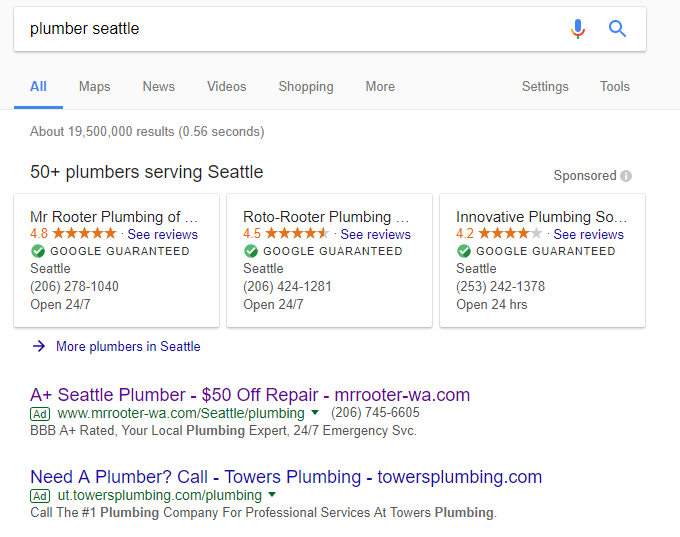


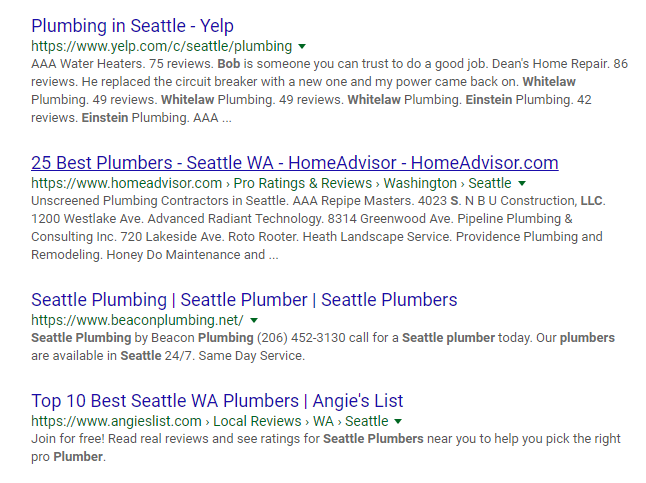
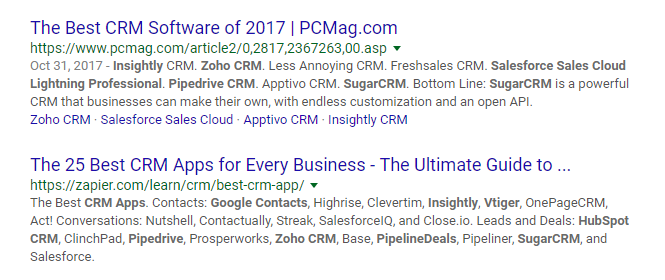
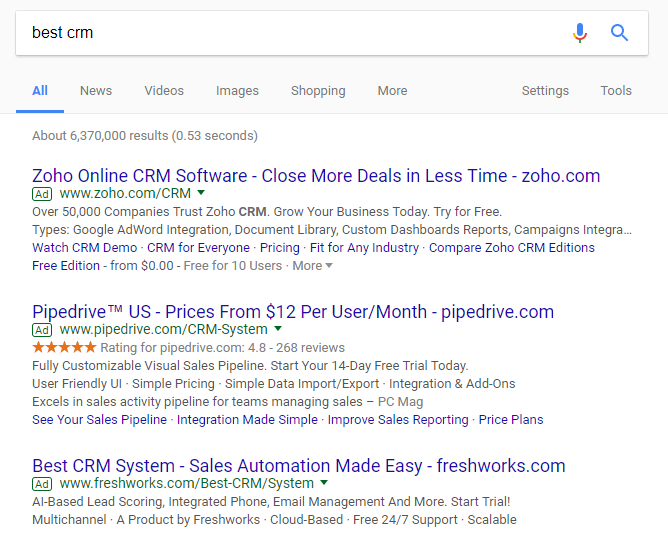

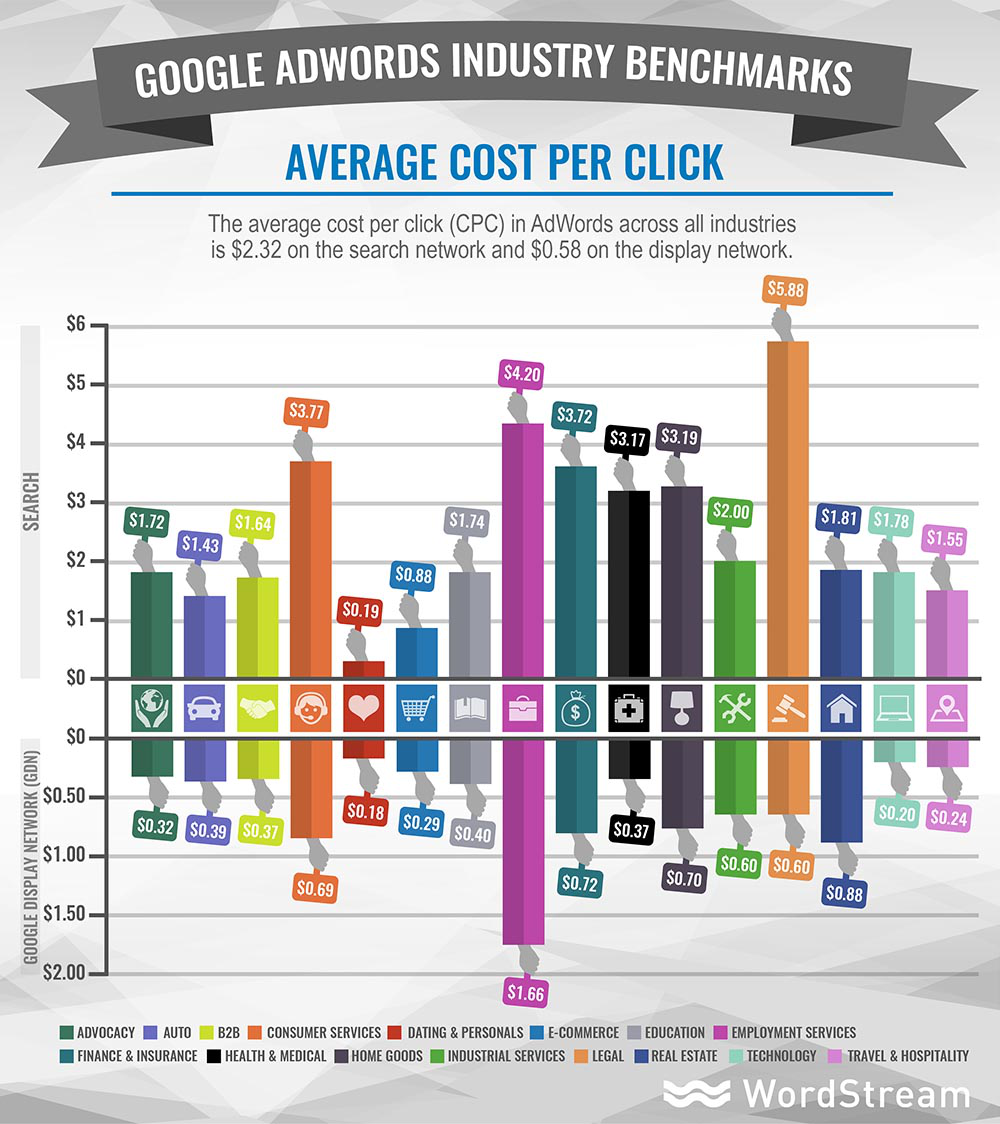
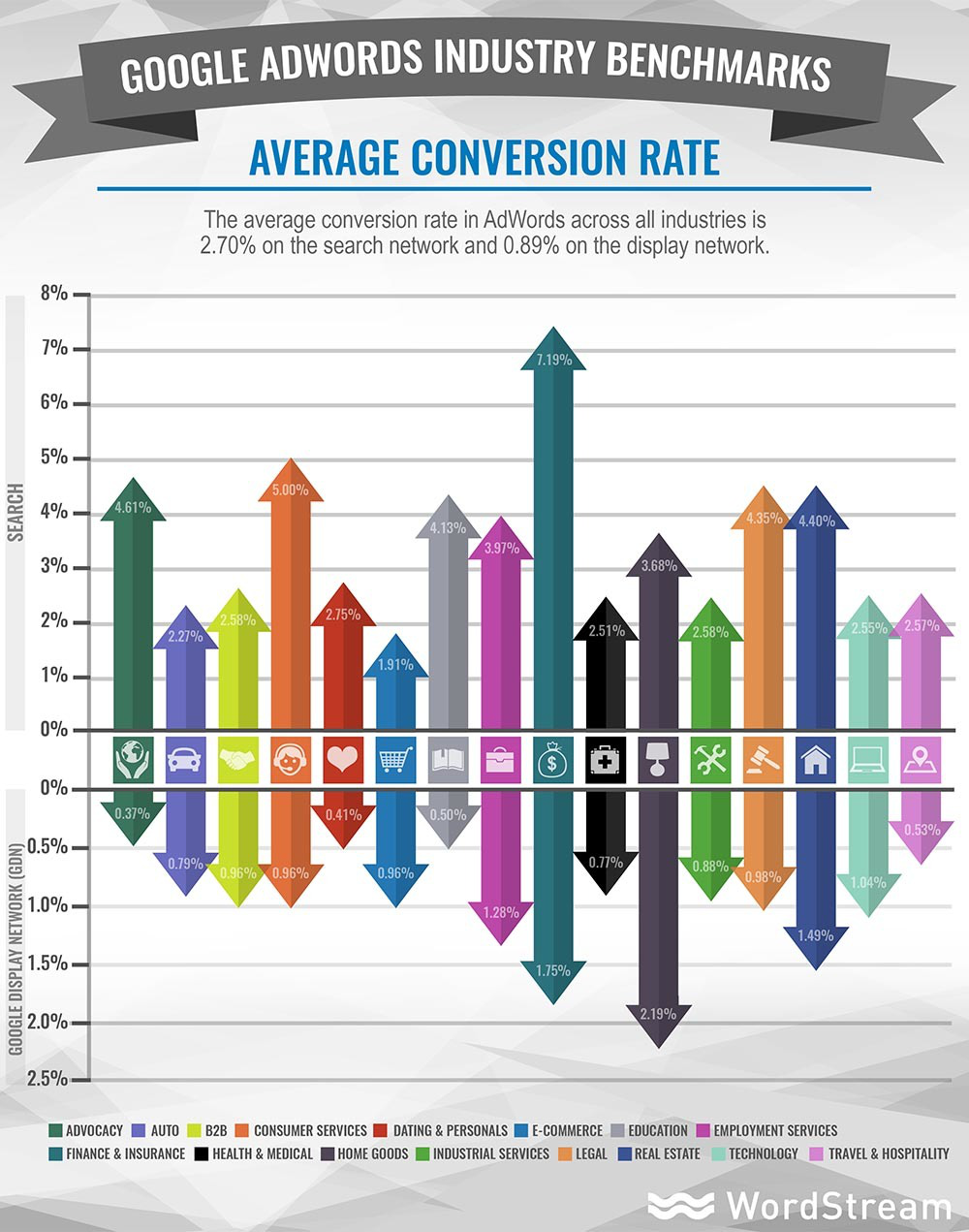
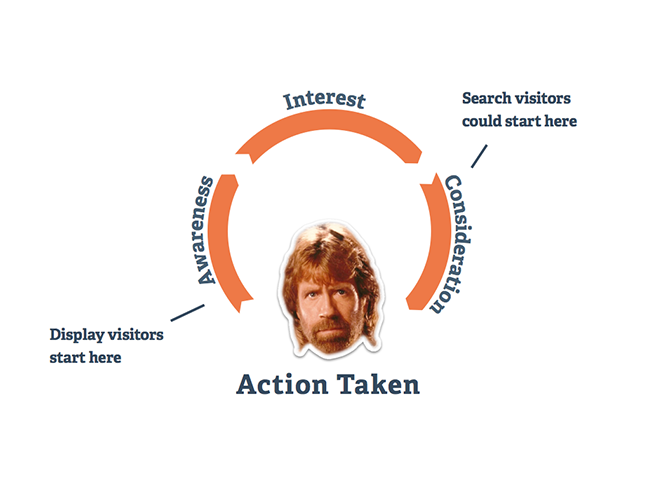

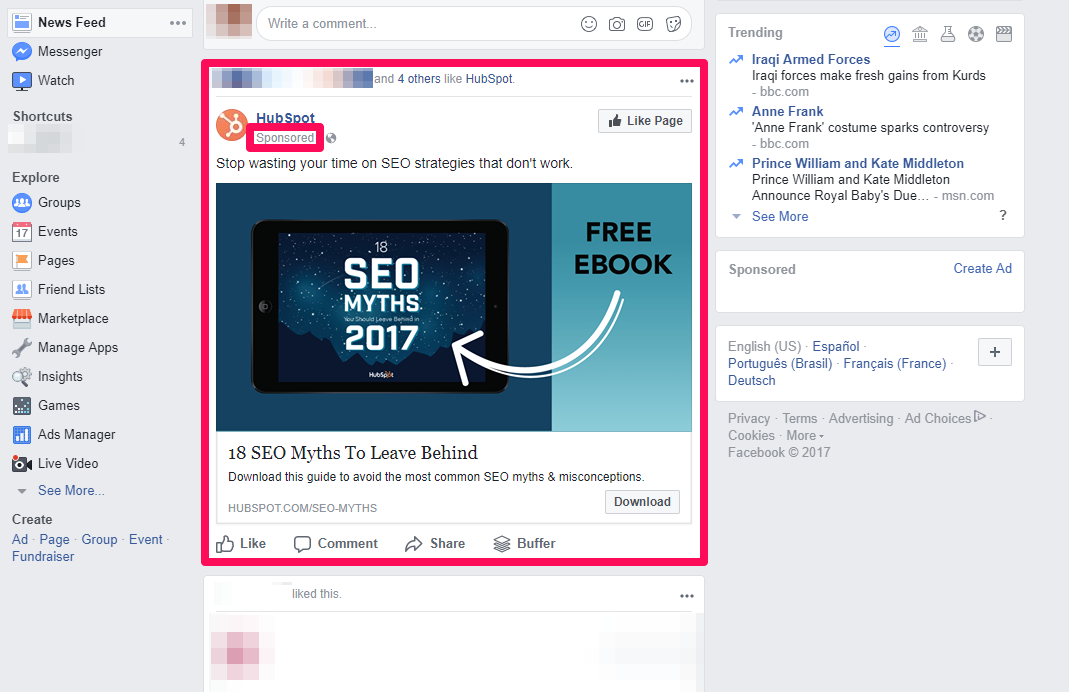


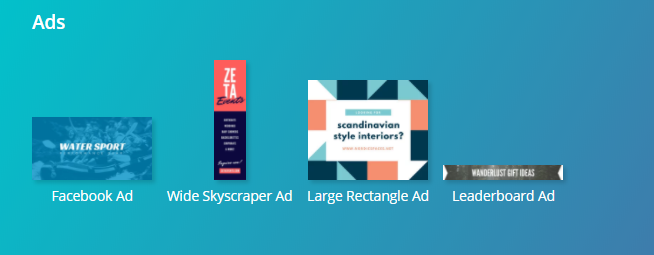



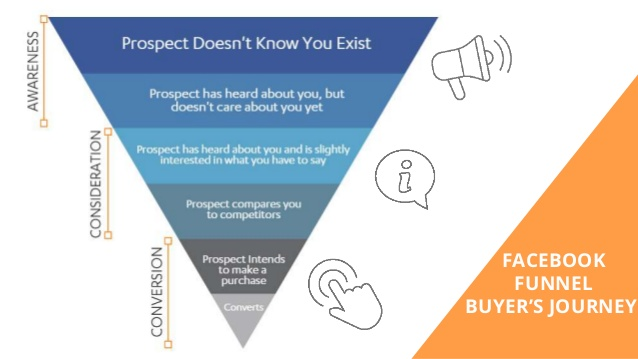
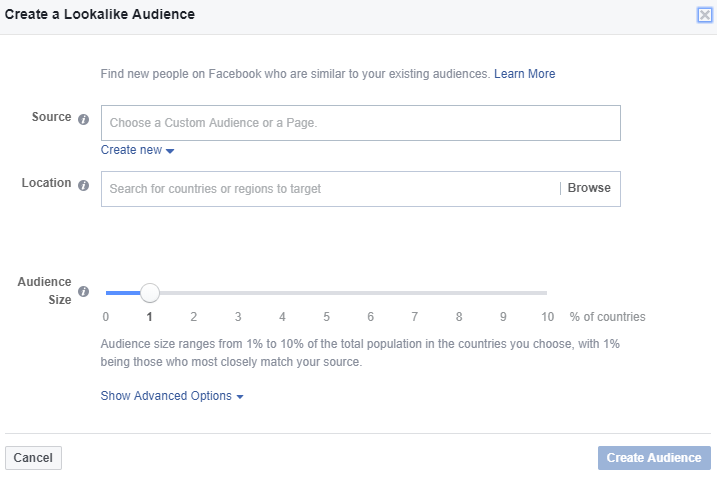

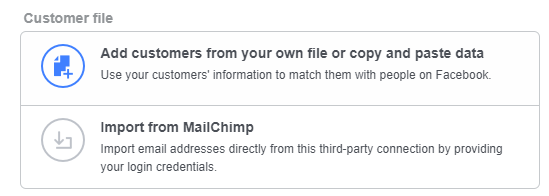
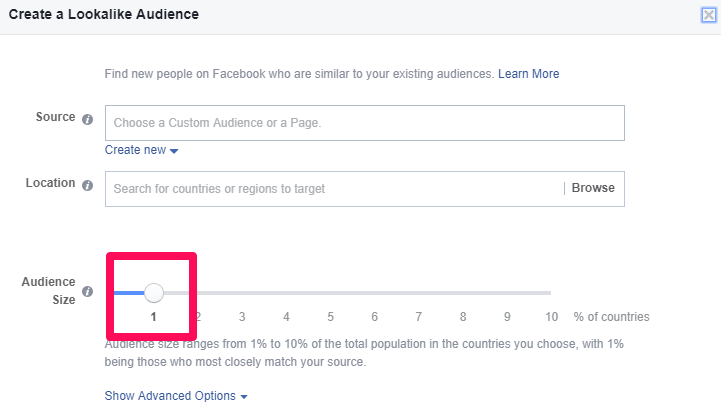
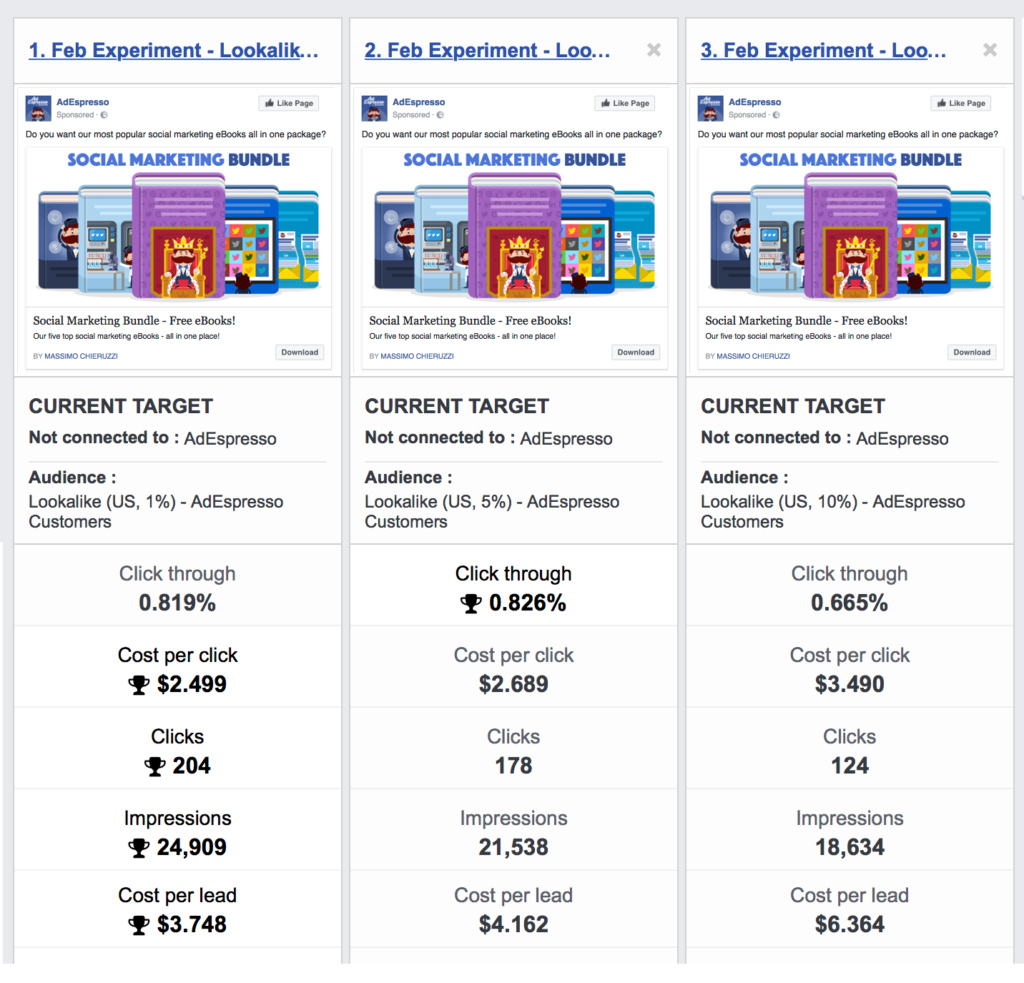
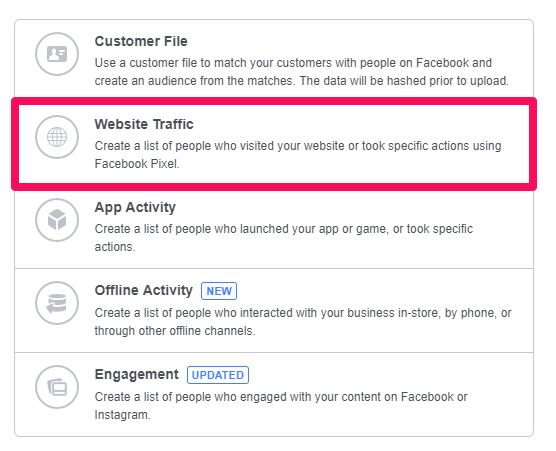

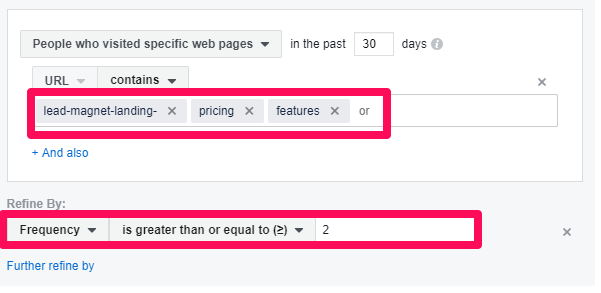
Comments (37)